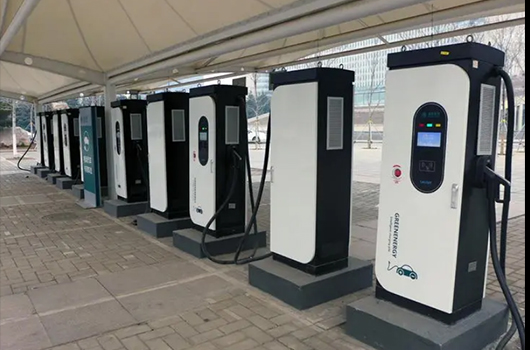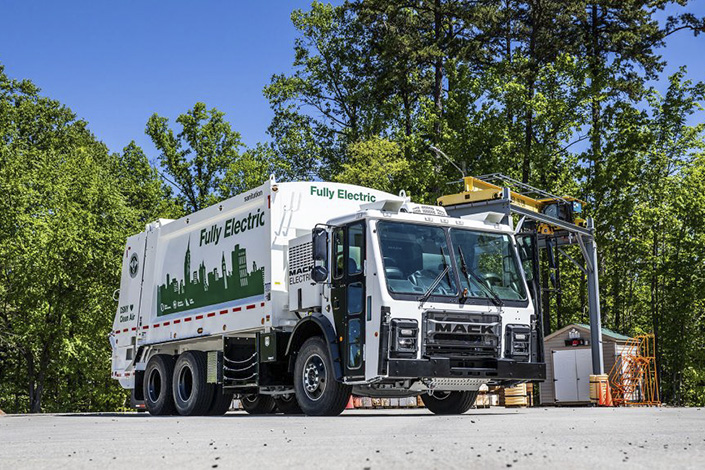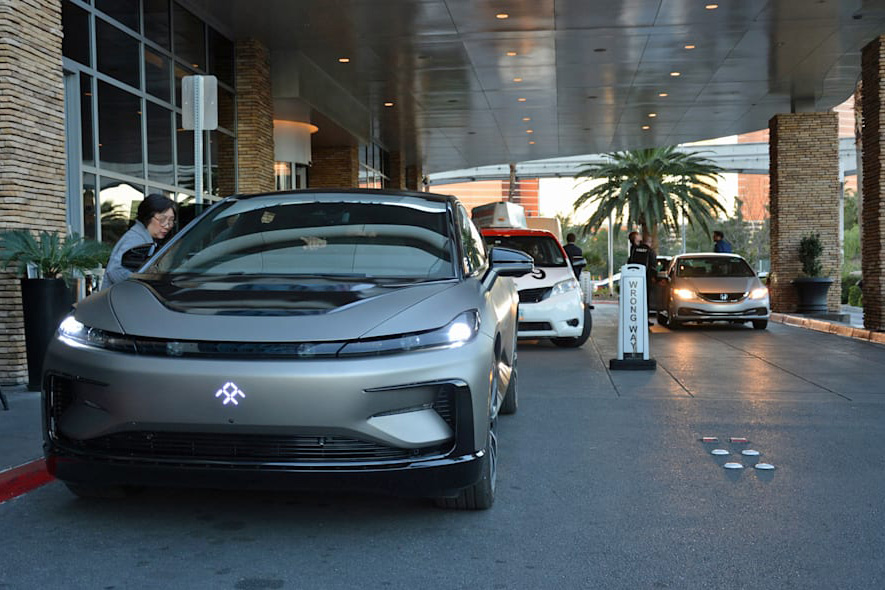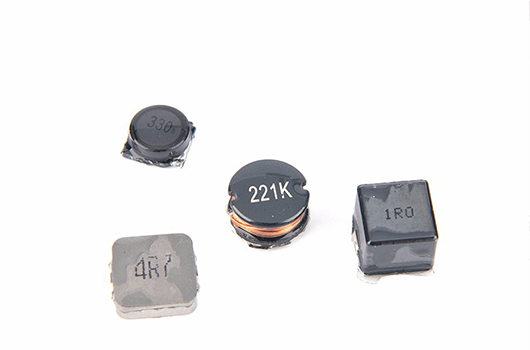
Charging piles, also known as electric vehicle (EV) charging stations, are crucial infrastructure for the widespread adoption of electric vehicles. As an esteemed professor at Stanford University, I would like to provide a technical overview of the future development trends of charging piles, highlighting the changes and advancements we can expect.
1. Rapid Charging Technology:
One of the key future development trends in charging piles is the advancement of rapid charging technology. As EV battery capacities increase, the ability to charge vehicles quickly becomes paramount. Researchers are actively working on technologies that can deliver significantly higher power levels, reducing charging times and enhancing the overall user experience. This will involve advancements in power conversion and distribution systems, as well as battery management algorithms.
2. Wireless Charging:
Wireless charging is another promising development trend in the field of charging piles. This technology eliminates the need for physical connections between the charging pile and the vehicle, making the charging process more convenient. Researchers are exploring technologies such as inductive charging and resonant charging to efficiently transfer power between the charging infrastructure and the EV. With further advancements, wireless charging has the potential to revolutionize the way we charge electric vehicles.
3. Vehicle-to-Grid Integration:
The integration of charging piles with vehicle-to-grid (V2G) systems is an exciting area of development. V2G technology allows electric vehicles to not only draw power from the grid but also feed excess energy back into it. Charging piles equipped with V2G capabilities can act as energy storage and distribution nodes, contributing to grid stability and enabling a more efficient use of renewable energy sources. This integration will require advanced power electronics and communication systems to enable bidirectional power flow and vehicle-grid coordination.
4. Smart Grid Integration and Energy Management:
The future of charging piles lies in their integration with smart grid systems. Intelligent charging piles will communicate with the grid to optimize energy usage, taking advantage of off-peak hours and renewable energy availability. Advanced energy management algorithms will ensure that multiple charging piles within a network are coordinated to minimize grid stress and maximize charging efficiency. This integration will require robust communication protocols, data analytics, and cybersecurity measures.
5. Scalability and Interoperability:
To support the growing number of electric vehicles on the road, charging pile networks need to be scalable and interoperable. Future development efforts will focus on standardization and compatibility across different charging pile manufacturers and network operators. This will ensure seamless charging experiences for EV owners, regardless of the charging infrastructure they encounter. Scalability will involve the deployment of charging piles at strategic locations to meet the increasing demand for EV charging.

Conclusion:
The future development of charging piles is set to bring significant changes to the electric vehicle ecosystem. Rapid charging technology, wireless charging, vehicle-to-grid integration, smart grid integration, and scalability are the key trends that will shape the future of charging infrastructure. As researchers and industry stakeholders continue to innovate, we can look forward to a future where charging an electric vehicle becomes more convenient, efficient, and sustainable.
SEO Keywords:
1. Charging piles
2. Electric vehicle charging stations
3. Rapid charging technology
4. Wireless charging for EVs
5. Vehicle-to-grid integration
6. Smart grid integration
7. Scalability and interoperability of charging infrastructure
-

Volvo, Daimler and Traton Plan
Welcome. Please feel free to send us an email here. You will get our reply in 24...
2021-09-09 view+ -

Faraday Future promises FF 91
Welcome. Please feel free to send us an email here. You will get our reply in 24...
2021-09-05 view+ -

What is 4R7 resistor
The resistance value of the 4R7 resistor is 4 points and 7 ohms. The digital cab...
2023-05-05 view+ -

Size code for the SMD resistor
The most widely used size codes for patch resistors are 0805 and 1206. Moreover,...
2023-03-20 view+


